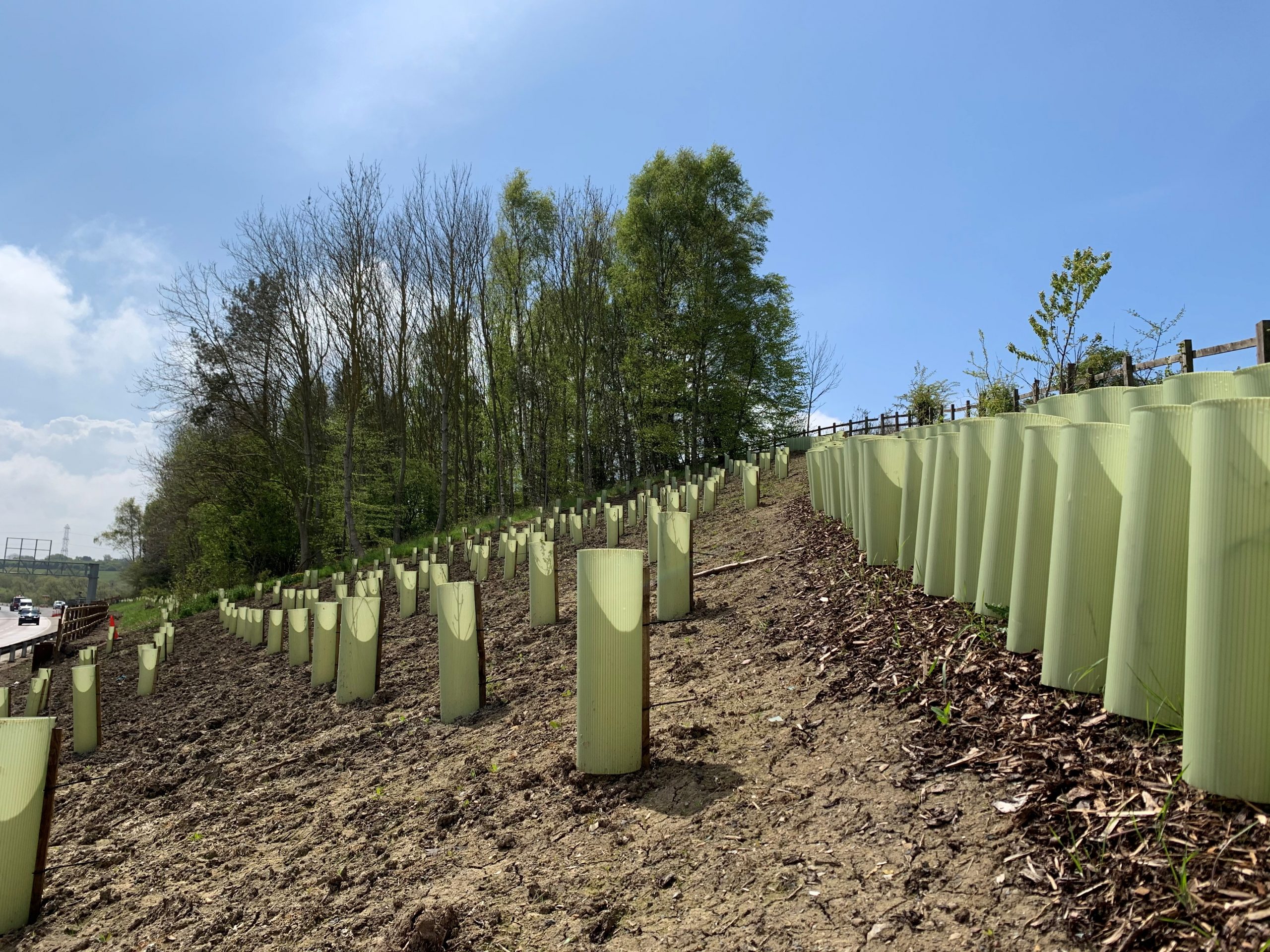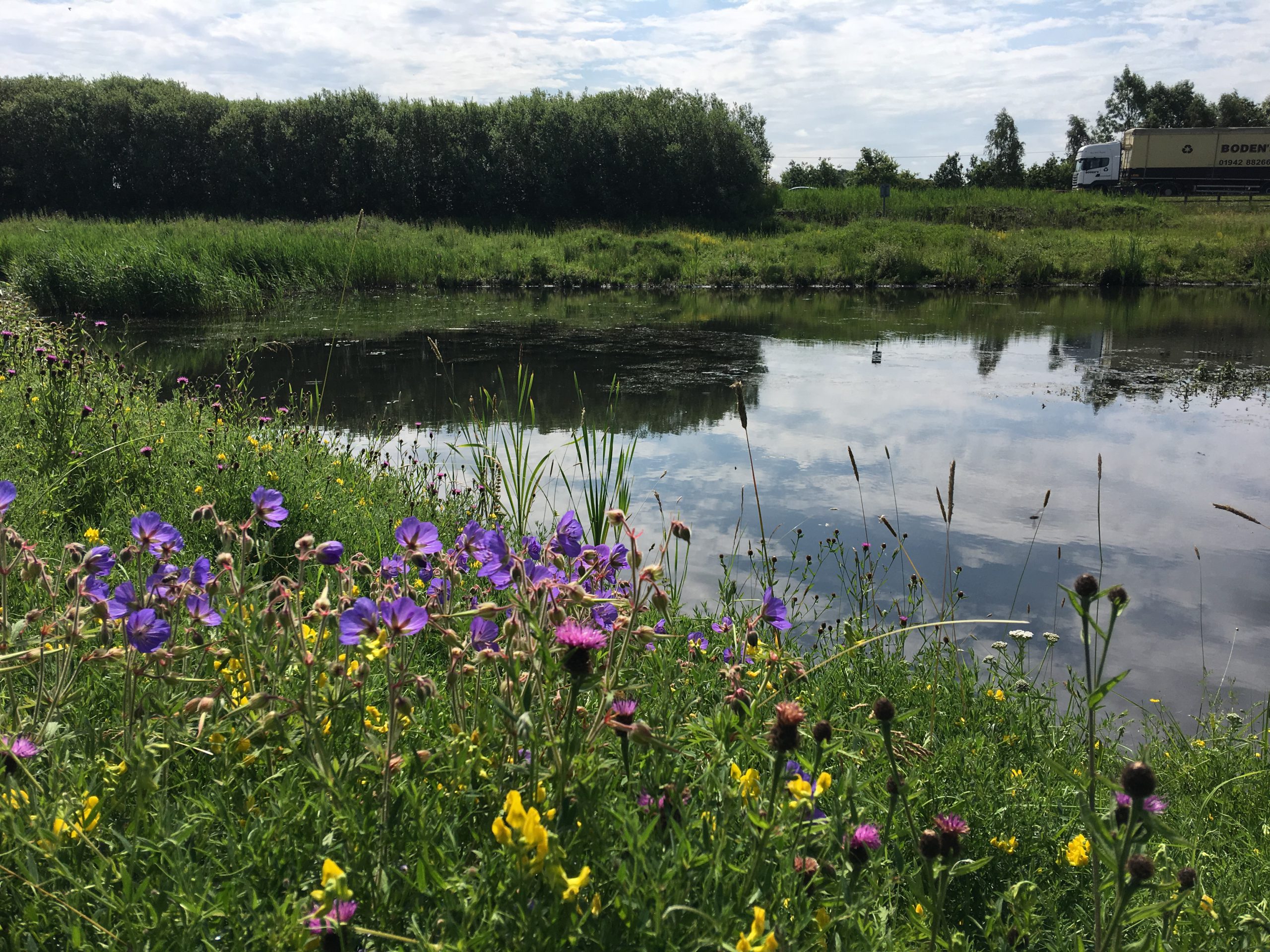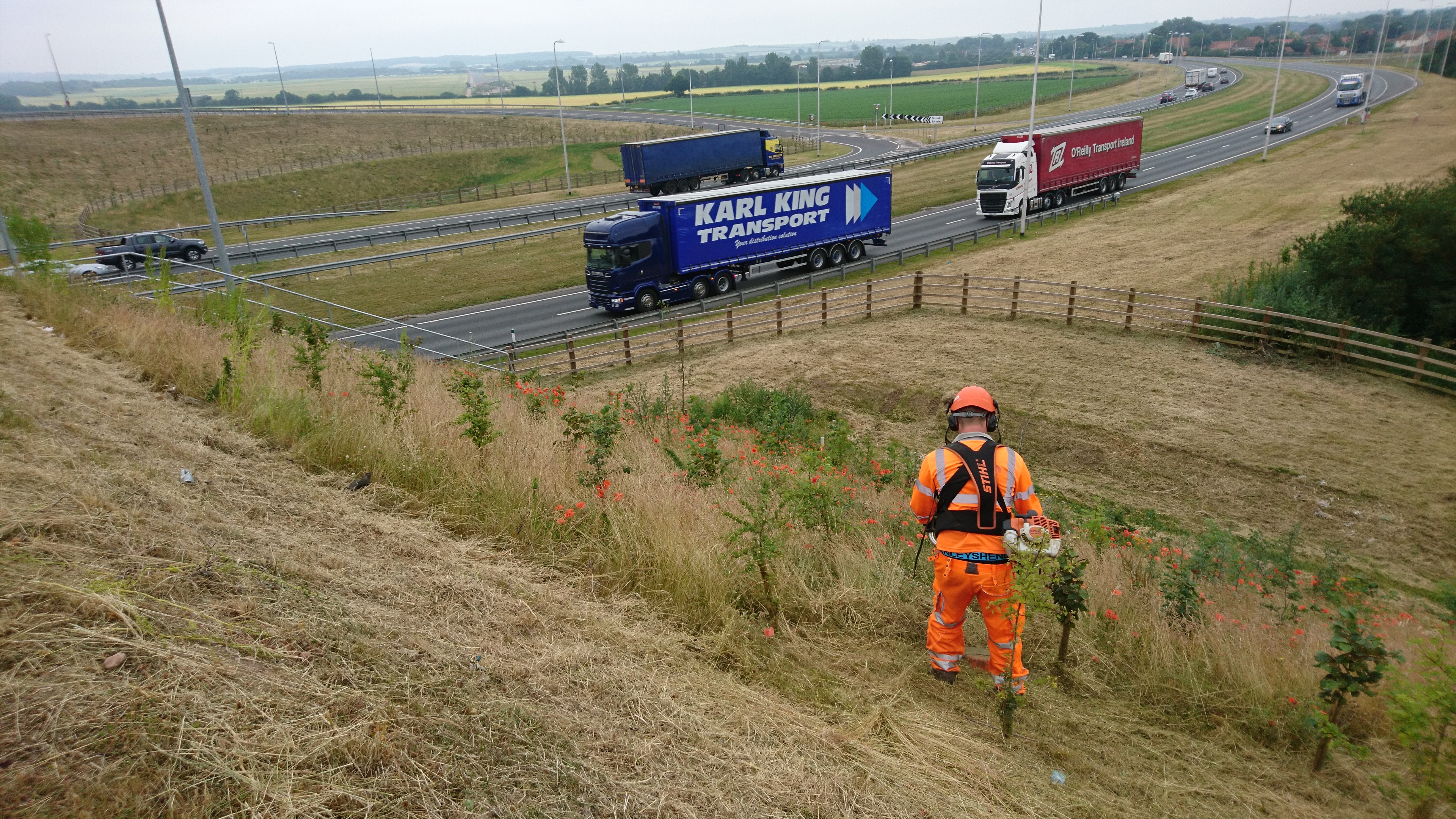Tree planting is a powerful educational tool that fosters environmental stewardship and enhances school grounds.

At ATM, we believe in the transformative potential of tree planting projects for schools, offering numerous benefits for students, staff, and the wider community. Here’s a guide to successfully implementing a tree planting initiative at your school.
Why Tree Planting?
Educational Benefits:
Tree planting offers hands-on learning opportunities, enriching the curriculum with practical lessons in biology, ecology, and environmental science. Students learn about the life cycle of trees, the importance of biodiversity, and the impact of trees on the environment.
Environmental Impact:
Trees improve air quality, provide habitats for wildlife, and contribute to the fight against climate change by absorbing carbon dioxide. School grounds with diverse tree species can become mini-ecosystems, fostering a sense of responsibility and connection to nature among students.
Aesthetic and Health Advantages:
Green spaces enhance the beauty of school grounds, creating a more pleasant and inspiring environment. Trees provide shade, reducing the heat island effect and offering cool spots for outdoor activities, which can improve students' physical and mental well-being.

Steps to Successful Tree Planting
1. Site Selection and Preparation
Choosing the right location is crucial. Assess the soil type, drainage, and sunlight conditions to ensure they match the needs of your selected tree species. Preparing the site involves clearing any competing vegetation and preparing the ground adequately.
2. Choosing the Right Trees
Select native species that thrive in your local environment. Native trees are more resilient, support local wildlife, and require less maintenance. Consider the specific needs of your school and the objectives of the planting project, whether it’s for shade, fruit, or enhancing biodiversity.
3. Planting Techniques
Proper planting techniques are essential for the trees' survival and growth. Ensure that holes are deep and wide enough to accommodate the roots. Handle seedlings with care to avoid damaging the roots, and plant them at the same depth they were in the nursery. Water the trees thoroughly after planting and mulch around the base to retain moisture and suppress weeds.
4. Protection and Maintenance
Young trees need protection from pests and environmental stresses. Use biodegradable tree guards to shield them from animals and harsh weather. Regular maintenance, including watering, weeding, and monitoring for pests, is critical to ensure the trees establish well and thrive.
5. Educational Engagement
Involve students in every step of the process, from planning and planting to ongoing care. This involvement not only enhances their learning experience but also instills a sense of ownership and pride in the project. Organise workshops and activities around tree planting to deepen their understanding and engagement.
With over 40 years of experience in large-scale planting projects, ATM has planted over 2 million trees across the UK. Our team of experts can provide comprehensive support, from site assessment and species selection to planting and maintenance. We are committed to promoting biodiversity and environmental sustainability through our projects.
For schools looking to embark on a tree planting journey, ATM offers tailored solutions to meet your specific needs and objectives. Contact us today to discuss how we can help make your tree planting project a success and contribute to a greener future for your students and community.

 info@atm-ltd.co.uk
info@atm-ltd.co.uk





















